While in Panglao, we took a two hour boat ride to Oslob, best known for being one of the only places in the world where you're guaranteed to find whale sharks on any given day.
Well, we went, we swam, and we have some thoughts. Let's jump right in:
THE GOOD
We had long fantasized about swimming alongside the majestic fish, marveling at its grace in the water despite its enormity. Being in the water next to them didn't disappoint. They felt even larger than we'd expected, and weren't afraid to swim right up to you. A few times, we had to dodge their taller-than-us tail fins as they whipped past. Whale sharks are huge, beautiful creatures. We will never forget jumping in the water with the huge, gentle, beautiful fish and swimming so closely to giants.
THE BAD
In our aforementioned fantasies, we never pictured any other people around. But reality is a bitch. There were so. many. tourists. It's never fun to feel like just one of a few hundred, being herded around and overcharged. We've done a pretty good job avoiding those kinds of situations, but if you go to see whale sharks in Oslob, it isn't to be avoided. There were even people in our group who couldn't swim. Why people who don't know how to swim would sign up for a swimming-based activity, with sharks, no less... I can't fathom.
THE UGLY
Just like we try to avoid tourist traps, we really try to avoid any activity that's cruel to animals. We're not activists or even vegetarians, but still wouldn't feel good knowing that we were paying people to continue to mistreat innocent creatures. This is especially true when there are more humane alternatives, such as the elephant rehabilitation experience in Thailand (instead of, for example, riding them). Although the whale sharks aren't being mistreated, per se, they were being fed, which is not natural. One person we spoke with after we'd already been to Oslob said that the feedings are likely harmful to the sharks' natural migration patterns. And at least to us, that's ugly stuff.
Final thoughts...
Although it was an unforgettable few hours, knowing what we know now, we wouldn't choose the experience again. Hopefully we have more spontaneous encounters with these gorgeous goliaths in our future. Seeing one in the water while diving would be the ultimate surprise.
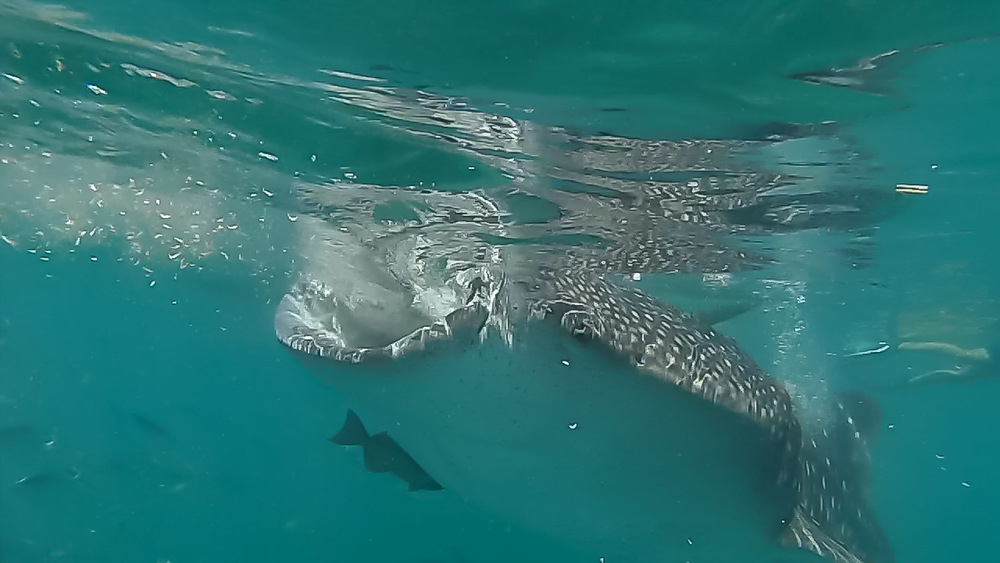
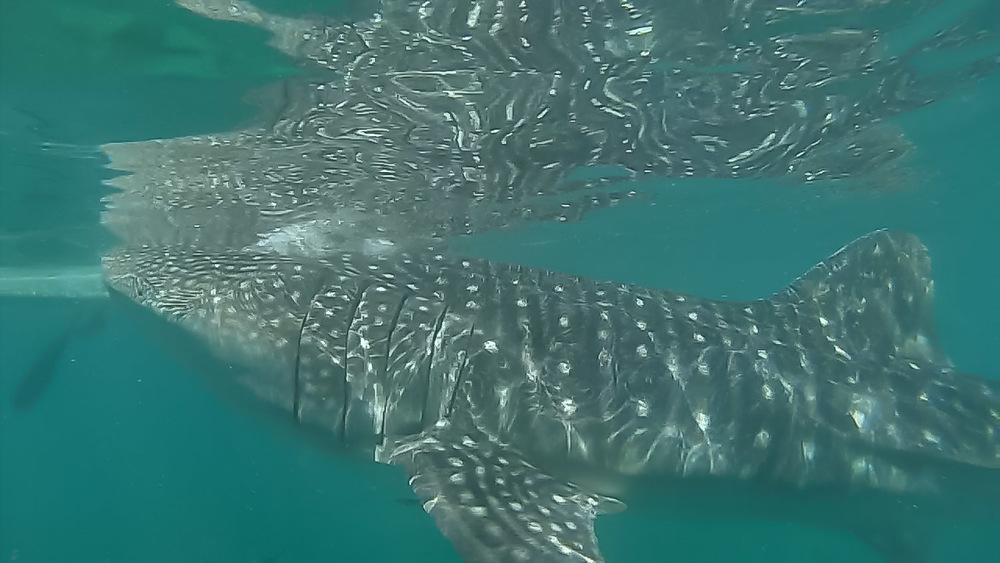
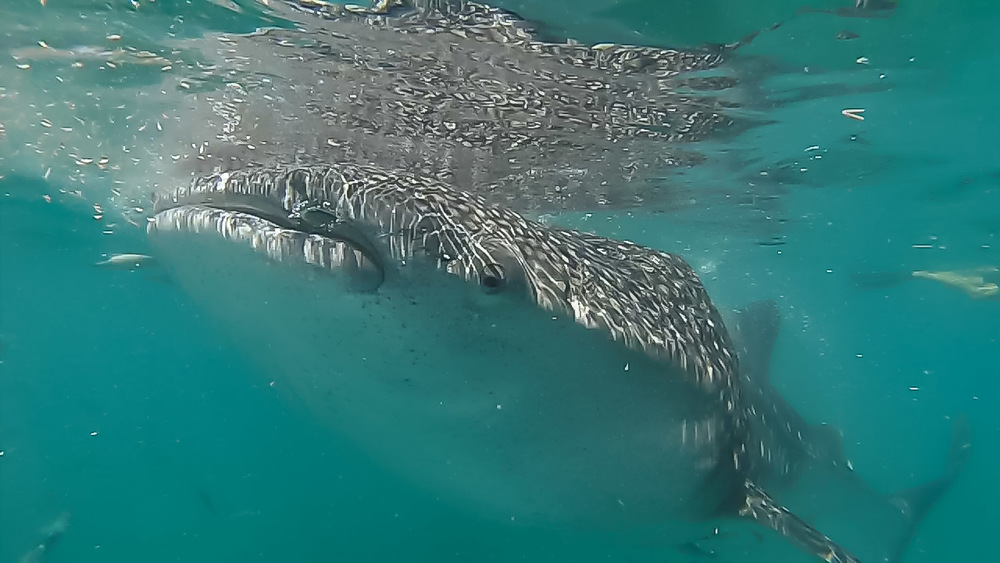


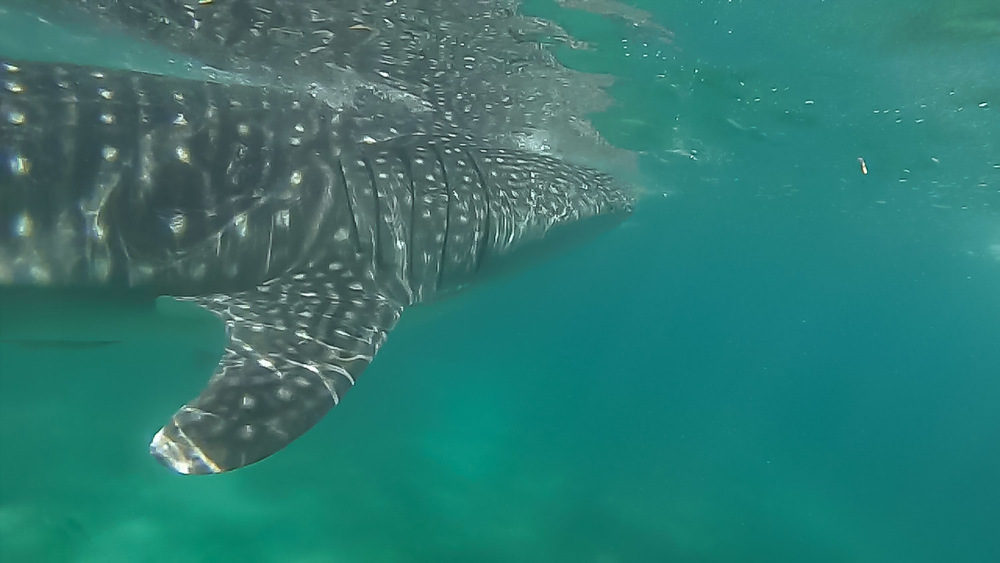
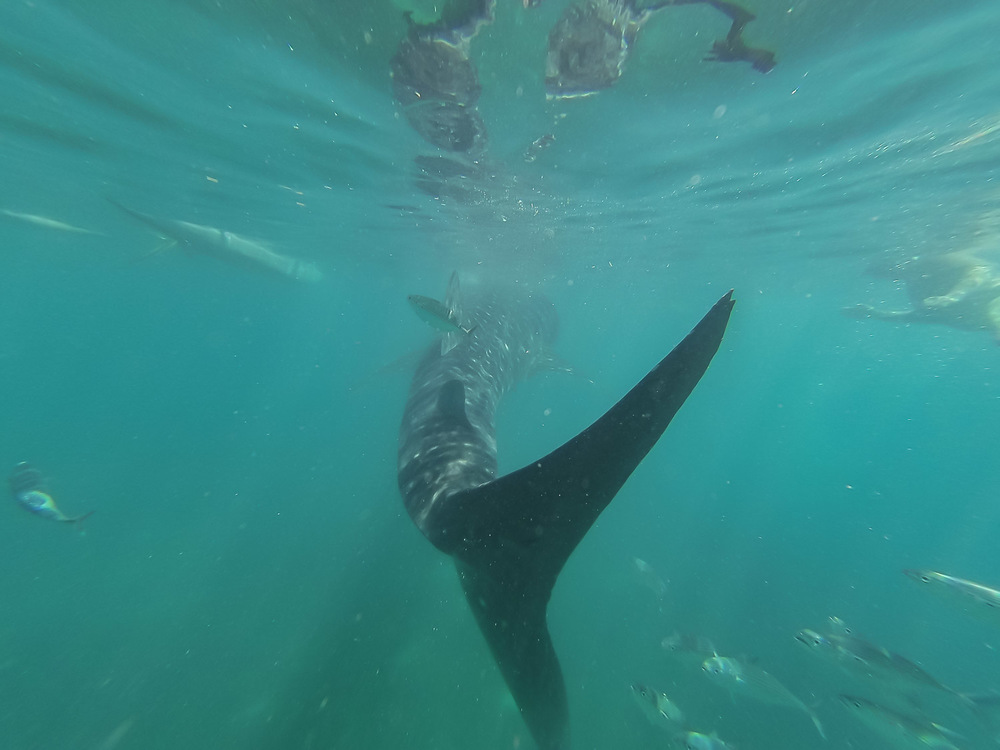


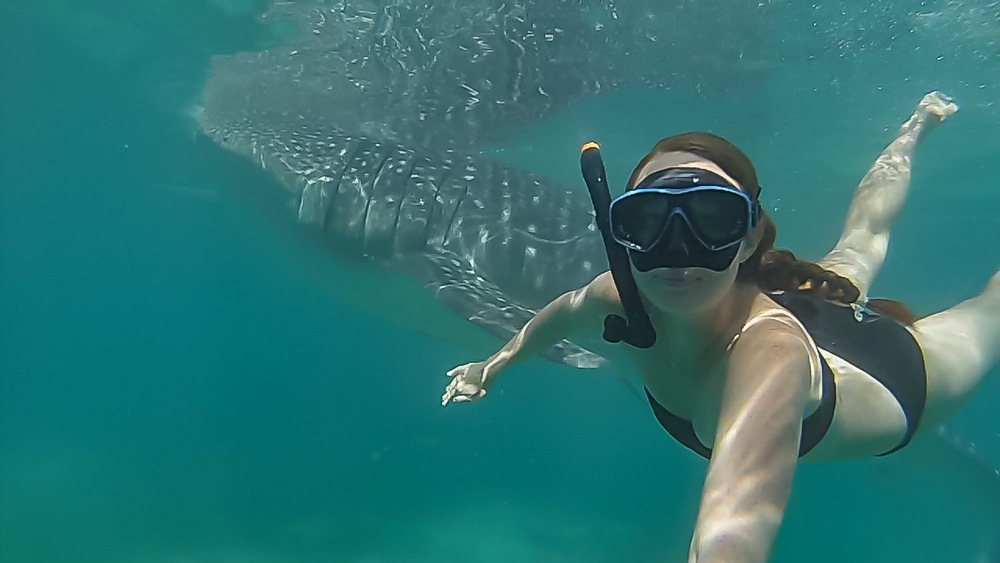



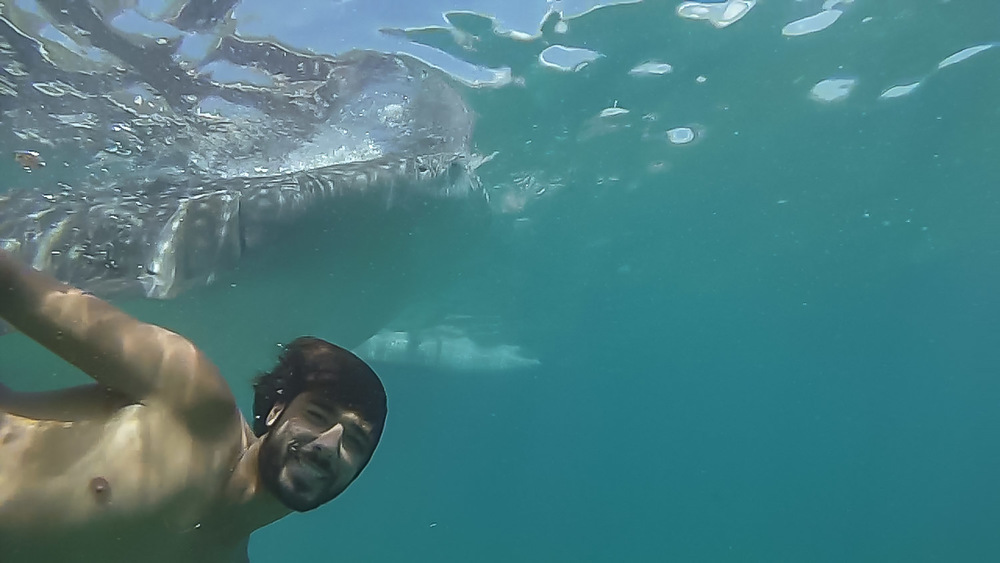

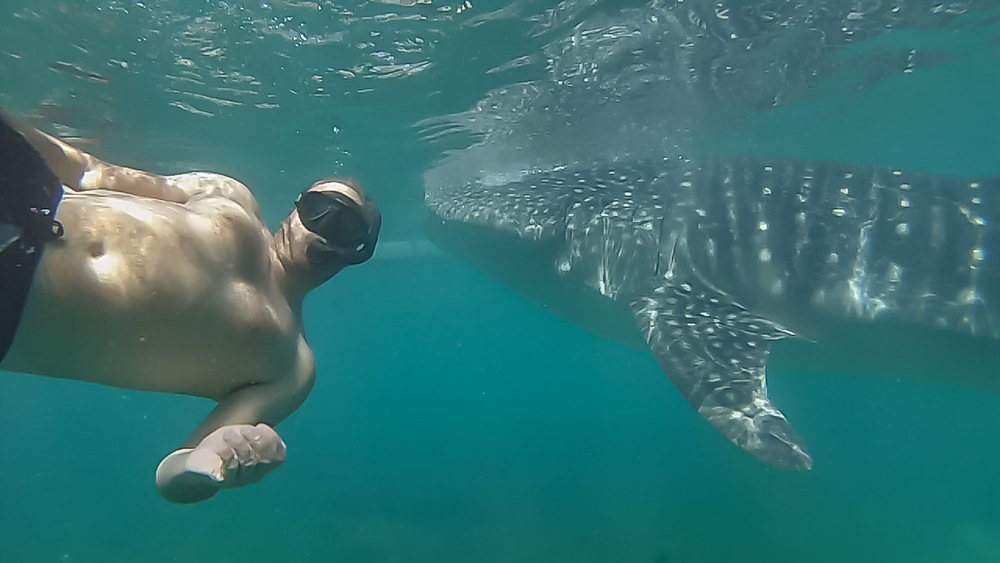
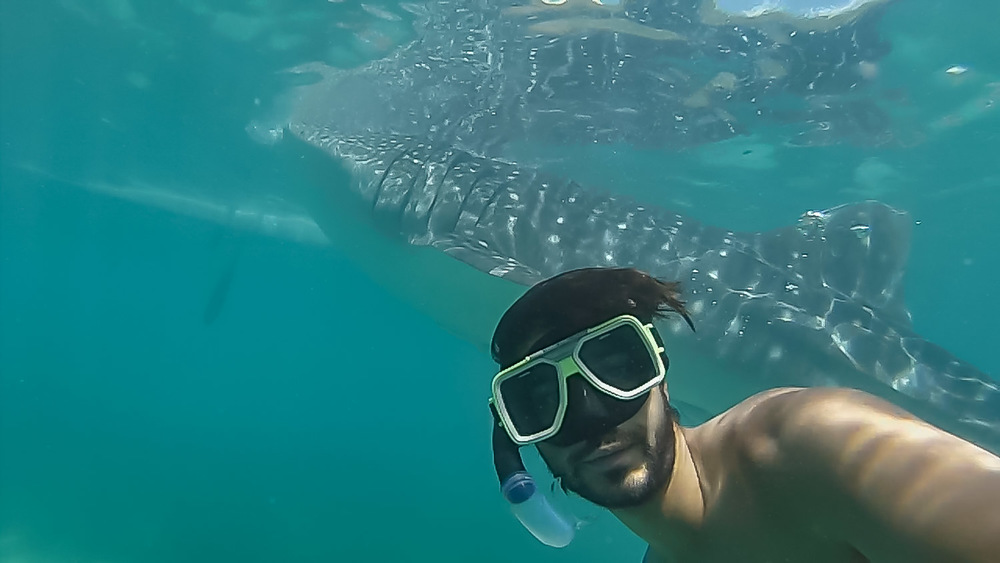
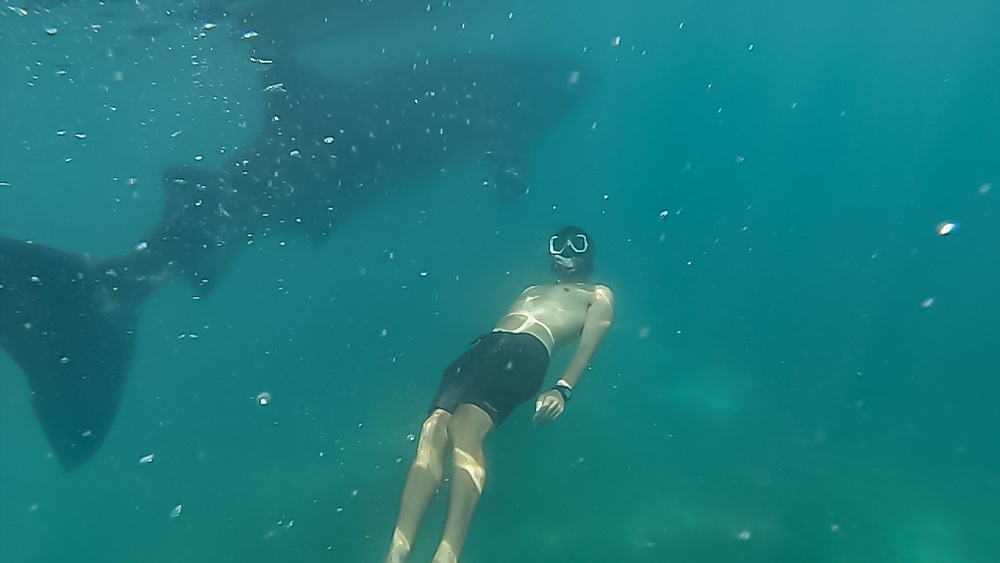
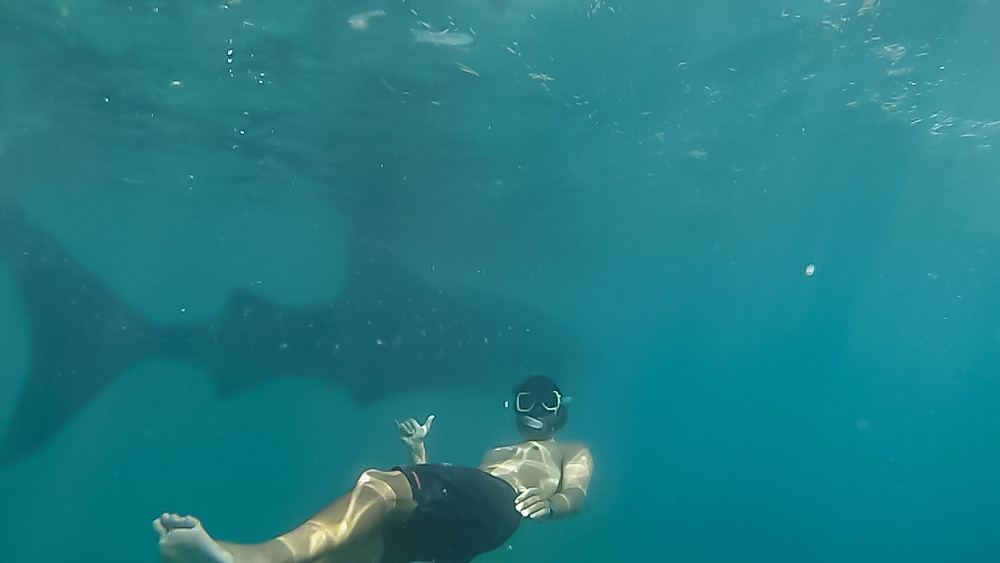
All photos taken from video captured on our GoPro



